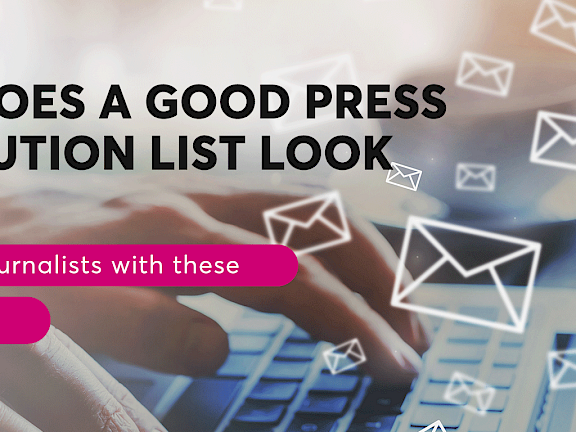Once a topic has made it to the press release stage and is ready to be sent out, it’s time for the distribution list. The work invested in the database now really pays off: You can draw on the full resources and select exactly the right media. The first question to ask is: Which media are relevant to my topic? Here, a rough selection is made, and, for example, in the case of a food start-up, food magazines and start-up media are prioritized in the mailing list. Important: Yes, major media have a high reach, but also a large demand and lots of topics. The chance to get into a major media is usually only there for really relevant themes. So: Depending on the content of your press release, tend to approach smaller media.
Once the rough distribution list is in place, it's time for the fine-tuning. The appropriate media are in, but should the mail really go to all journalists? It is worthwhile to look carefully and pick out the 2-4 most suitable ones, depending on the medium. Yeah, this is not the most exciting work, but it is worth it in the end. If you research articles with topics, that are similar to your theme you’ll find journalists that are probably interested in your press release and you’ll increase your chances of success. In contrast to the database, the following applies here: Less is often more. If you value quality over quantity, you are less likely to get lost among hundreds of emails and have invested hours in vain. If you constantly bombard your contacts with irrelevant mails, you risk being blocked. Of course, this is not only awkward but also really annoying when the next press release would have been perfect for the contact who was scared away.



